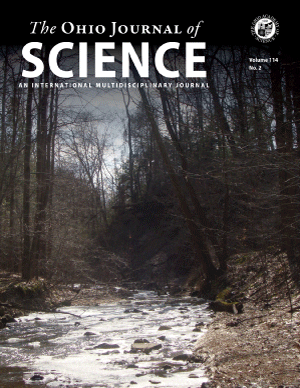Interdisciplinary Professional Development for Teaching Science and Reading
DOI:
https://doi.org/10.18061/ojs.v114i2.4391Abstract
Because instructional demands in literacy in the lower grades often limit instructional opportunities in other areas, including science, interdisciplinary approaches to training science educators are of current interest. This article describes the structure and impact of professional development activities for elementary and middle school teachers within a rural Ohio public school district (Gallia County Local) that aimed to address needs in both science and literacy. All teachers (n = 39) of grades three through eight who taught science and/or reading, including special education teachers, received targeted training on Earth & Space Science content and pedagogy and on strategies for teaching non-fiction reading within the science curriculum. Additional professional development was provided through one-on-one academic coaching sessions with teachers in their respective classrooms. Pre- and post-training teacher surveys were compared using a Wilcoxon signed-ranks test to determine statistical significance (α = 0.05) of any observed differences. The results indicate significant changes in instructional practices of participating teachers in several key areas, including increased usage of nonfiction reading (p = 0.04) and differentiated instructional practices within the science curriculum (p = 0.05). Comparison of student achievement scores on selected components of state-level assessments in reading and science also suggest a positive impact of the professional development in some areas. An increase in student proficiency in informational text and Earth & Space Science was observed after teachers received the training compared to the year prior to the training.Downloads
Issue
Section
License
Copyright (c) 2016 JACOB WHITE, DENISE SHOCKLEY, MARGARET HUTZEL, NATALIE WILSON

